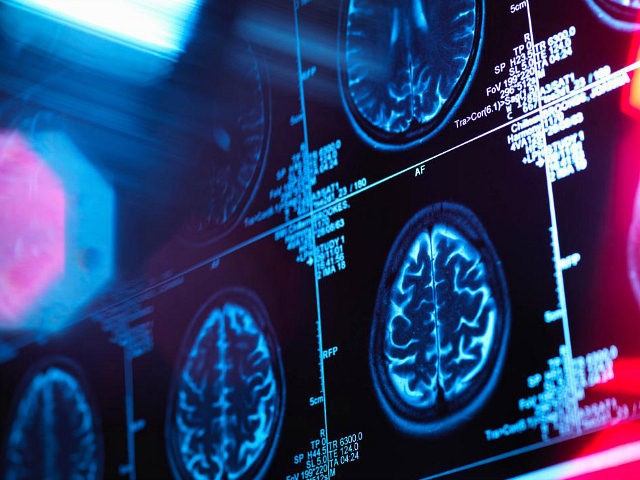A shift from mouse models to stem cell research may have unlocked a new way to help prevent one of the world’s most tragic incurable diseases.
Scientists have isolated the primary genetic risk factor for Alzheimer’s Disease. The gene is called apoE4, a variant of apoE3 that more than doubles an individual’s risk of contracting the degenerative neurological disease and increases it twelvefold with just two copies. The difference between the healthy apoE3 and the potentially deadly apoE4 is minimal but just enough to cause the latter to break into disease-causing fragments in the brain.
But neither this discovery, nor the potential solution it offers, would have been possible without leaving lab mice behind. Thanks to induced pluripotent stem cell technology, Gladstone Center for Translational Advancement director Yadong Huang MD PhD and his colleagues were finally able to observe the effects of this rogue protein producer in humans for the first time. Huang explained, “many drugs work beautifully in a mouse model, but so far they’ve all failed in clinical trials. One concern within the field has been how poorly these mouse models really mimic human disease.”
Fortunately, it seems that a fix could be relatively simple. According to the paper published in the Nature medical journal, a “small-molecule structure corrector” may be enough adjustment to render apoE4 completely harmless. With this knowledge in hand, Huang and his team have developed compounds capable of changing the harmful proteins produced by the apoE4 gene.
And while it may not be a cure, it could be the key to drastic reduction in the disease and hope for those who might otherwise succumb to the irreversible damage it causes.

COMMENTS
Please let us know if you're having issues with commenting.